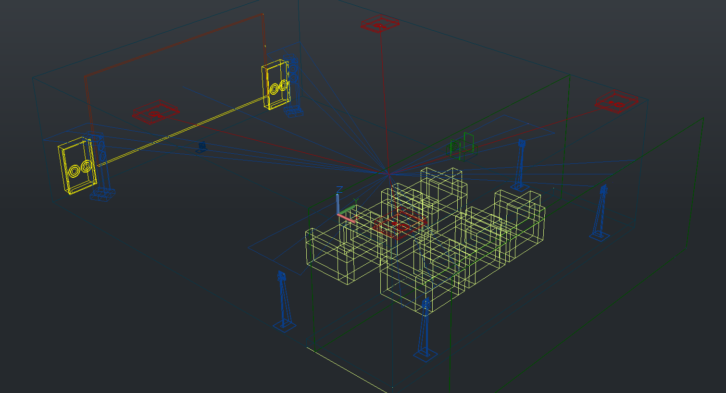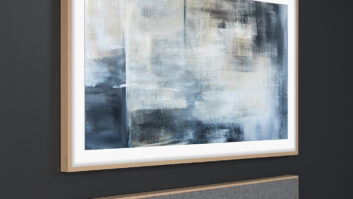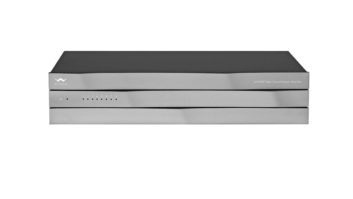 By Dan McGowan
By Dan McGowan
One of the newer benefits that comes with CEDIA membership is specialty pricing on The CEDIA Designer (TCD). TCD is an award-winning software product that helps integrators create technically perfect home cinema or media room design plans, documentation, and models in minutes.
In November 2019, CEDIA released a host of valuable upgrades to the software. The CEDIA Designer upgrades include:
- documentation reports that can now be generated in Spanish,
- the specification of soundbar products within the tool, and
- a new Project Progress feature.
“The new features in The CEDIA Designer showcase our commitment to continuous improvement,” says TCD creator Guy Singleton. “The addition of Spanish language documentation, soundbar products, and Project Progress builds on TCD’s status as the most powerful cinema design tool around. Integrators deserve software that responds to and evolves with their needs and these upgrades deliver.”
The Project Progress feature allows users to demonstrate which stage the project is in. Project managers will find it beneficial for validating to customers the phase the project has reached, including sales agreed, trim out, first fix, and second fix stages.
TCD allows integrators to enter in room dimensions and materials, equipment choices, and placement, producing a client-ready 30-plus-page cinema design proposal. Users are guided through the design process, and the resulting design report is complete in minutes, not hours or days.
“From the sightlines to the seating and screen types to the projector selection and proper Dolby Atmos speaker placement, the documentation includes everything,” says LED Systems LLC chief technologist Lewis Franke. “TCD paid off for me immediately during the first project I used it. I delivered a more expensive proposal than the other bids, because the software helped me show the client the necessary changes and accommodations others were leaving out.”
The new TCD developments follow several others that had been recently announced, including immersive virtual reality render capabilities.
This update takes TCD’s render tool functionality one step further, allowing users to provide their clients with an immersive preview of their potential cinema room — without the need to invest in specialized VR-enabled equipment.
The client can open the immersive render file directly from an email and view it on an Android or iOS phone, tablet, or computer. If opening and viewing on a phone or tablet, all the client needs do is download a free panorama viewer app such as Photosphere or Panorama 360 Camera, then open the file using the chosen app to view their cinema room. For an immersive visual experience, the client can view the file using an inexpensive Google Cardboard (or similar) headset and compatible panorama file viewer app.
The immersive render replicates the exact dimensions of the room entered by the integrator in the initial design, including the screen size and position, whether the projector is in-room or on a lifter, or whether the room has a coffer or a starlit ceiling. All seating and in-room equipment will appear exactly as specified in the user’s design, replicating the correct location and configuration. Users can choose from an ever-expanding list of fabrics, colors, and textures for the walls, carpets, and ceilings.
CEDIA also recently announced TCD’s inclusion of Samsung’s The Wall, a consumer modular MicroLED 146-inch display.
When designing any home theater or media room, compromises are always made. MicroLED is no exception to the compromise, which revolves around center channel audio. Due to how these are built, neither placing the speakers behind the screen, nor building a speaker within the display are possible. Thus, creative audio solutions are required to provide accurate center channel audio.
TCD’s speaker placement algorithm navigates the challenges presented by the use of MicroLED, walking the integrator through the step-by-step process of finding a loudspeaker setup that will provide effective audio for the room. In this scenario, TCD’s ideal speaker placement algorithm allows the integrator to specify a center channel above or below the screen, in-ceiling partnering with left and right speakers on either side of screen, and specifies the recommended location for all audio components. Both features are available to TCD users at the Cinema Room Pro tier.
In addition to a complimentary subscription to the Media Room tier of TCD, a CEDIA membership unlocks significant discounts to all other TCD tiers. Connect to more about the software and find out how to subscribe to it at www.thecediadesigner.org.
This article originally ran on residentialsystems.com.








